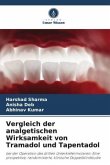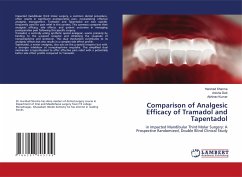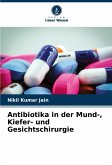
Broschiertes Buch
bei der Operation des dritten Unterkiefermolaren: Eine prospektive, randomisierte, klinische Doppelblindstudie
31. Juli 2024
Verlag Unser Wissen

Broschiertes Buch
in Impacted Mandibular Third Molar Surgery: A Prospective Randomized, Double Blind Clinical Study
1. Juli 2024
LAP Lambert Academic Publishing
Broschiertes Buch
en la cirugía del tercer molar mandibular impactado: Un estudio clínico prospectivo, aleatorizado y doble ciego
31. Juli 2024
Ediciones Nuestro Conocimiento
Broschiertes Buch
dans la chirurgie de la troisième molaire mandibulaire impactée : Une étude clinique prospective, randomisée et en double aveugle
31. Juli 2024
Editions Notre Savoir
Broschiertes Buch
w hirurgii impaktirowannogo tret'ego molqra nizhnej chelüsti: Prospektiwnoe randomizirowannoe dwojnoe slepoe klinicheskoe issledowanie
31. Juli 2024
Sciencia Scripts
Broschiertes Buch
nella chirurgia del terzo molare mandibolare impattato: Uno studio clinico prospettico randomizzato, in doppio cieco
31. Juli 2024
Edizioni Sapienza
Broschiertes Buch
na cirurgia do terceiro molar mandibular impactado: Um Estudo Clínico Prospetivo, Randomizado e Duplo-Cego
31. Juli 2024
Edições Nosso Conhecimento
Ähnliche Artikel

Broschiertes Buch
Vergleich von Mini-Implantaten mit verschiedenen Intrusionsbögen für die Intrusion von Oberkieferschneidezähnen - Eine systematische Übersicht
18. März 2023
Verlag Unser Wissen

Broschiertes Buch
Unterstützte Deckprothese
25. Februar 2024
Verlag Unser Wissen

Broschiertes Buch
15. Oktober 2024
Verlag Unser Wissen

Broschiertes Buch
Ein Rückblick
25. August 2023
Verlag Unser Wissen

Broschiertes Buch
Croton Lechleri Sp wirksamer Mundheiler
1. April 2024
Verlag Unser Wissen
Ähnlichkeitssuche: Fact®Finder von OMIKRON
